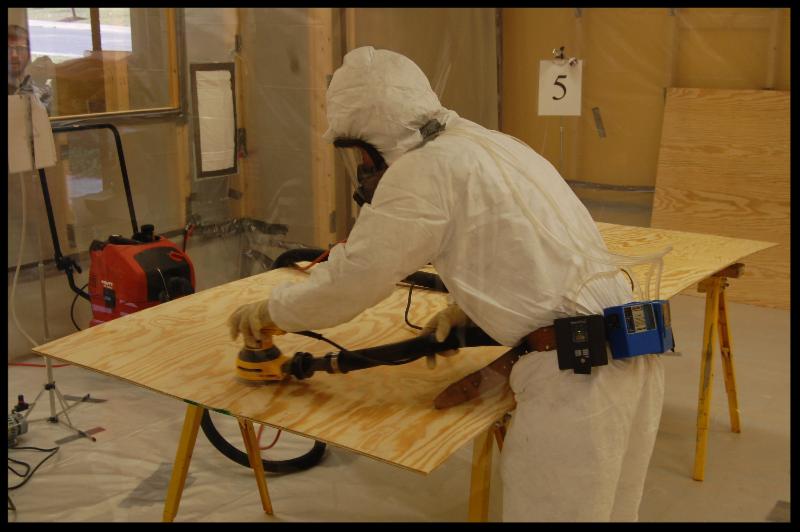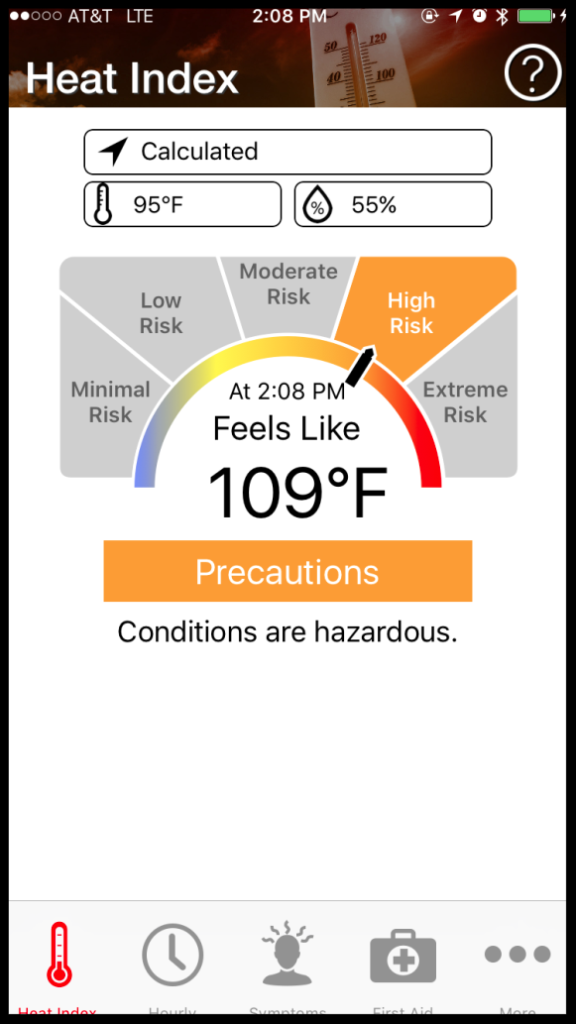|
CPWR UPDATE
|
July 2017
| |
From the Desk of Chris Trahan Cain, Executive Director
|
|
|
|
Nanomaterials and Construction
Manufactured nanoparticles, smaller than the width of a human hair, are being added to a growing number of construction products to give them strength, durability or other properties. Little is known about the possible health effects on workers who use these materials.  That's why CPWR is measuring engineered nanoparticle exposures during different construction tasks, with and without engineering controls. In a recent test, a CPWR team used a power sander on a sheet of plywood treated with a wood sealant containing zinc oxide nanoparticles. They found that a vacuum dust collection system (i.e. Local Exhaust Ventilation, or LEV) captured more than 90% of the nanoparticles, despite their small size. CPWR has prepared a one-page summary of their article Inhalation Exposure during Spray Application and Subsequent Sanding of a Wood Sealant Containing Zinc Oxide Nanoparticles, published in April's Journal of Occupational and Environmental Hygiene. To learn about how this technology is transforming the construction industry, and to see if products you use contain nanomaterials, visit eLCOSH NANO; visit the CPWR website for a Hazard Alert on the topic, plus toolbox talks on nanoparticles in wood stains and cement.
|
|
 TOOLS FOR SAFETY AND HEALTH TOOLS FOR SAFETY AND HEALTH
Heat Safety App
June saw record-breaking temperatures in much of the country, and July will almost certainly be hotter, putting construction workers at risk for heat exhaustion and heat stroke. To address this danger, OSHA and NIOSH have teamed up to produce a free smartphone app, the Heat Safety Tool. The app uses temperature and humidity information to assess the risk and recommend appropriate protective measures. CPWR has developed a Working in Hot Weather webpage to provide easy access to this and other tools to combat heat hazards in construction.
|
RESEARCH NEWS
Ergonomic solutions in construction: facilitators and barriers
CPWR-supported researchers at Washington University in St. Louis rated 16 proposed ergonomic interventions tested with sheet metal workers, floor layers, and carpenters, and identified barriers and facilitators to adoption. The findings indicated that compatibility with existing work processes and "trialability" (the ability to "try before you buy") helped facilitate adoption. CLICK HERE for a one-page summary of key findings from Facilitators and barriers to the adoption of ergonomic solutions in construction, which appeared in the March 2017 issue of the American Journal of Industrial Medicine.
|
July 26 @ 2pm ET (45 min). New Silica in Construction Training from the California State Building Trades. The State Building and Construction Trades Council of California, AFL-CIO (SBCTC) has developed a new curriculum for training workers about silica hazards. The program, developed under a Susan Harwood grant, covers key provisions in the new 2016 standard and resources developed by CPWR, OSHA and NIOSH to help with compliance. Participants will get an overview of the program and learn where the curriculum can be accessed. CLICK TO REGISTER
|
Fatal falls and PFAS use in the construction industry: Findings from the NIOSH FACE reports. Xiuwen Sue Dong, Julie A. Largay, Sang D. Choi, Xuanwen Wang, Chris Trahan Cain, and Nancy Romano, 2017. Accident Analysis and Prevention
|
Summer heat can be deadly for construction workers, CPWR cautions, Safety + Health
Protect Employees from the Heat, Concrete Producer
|
|
|
|